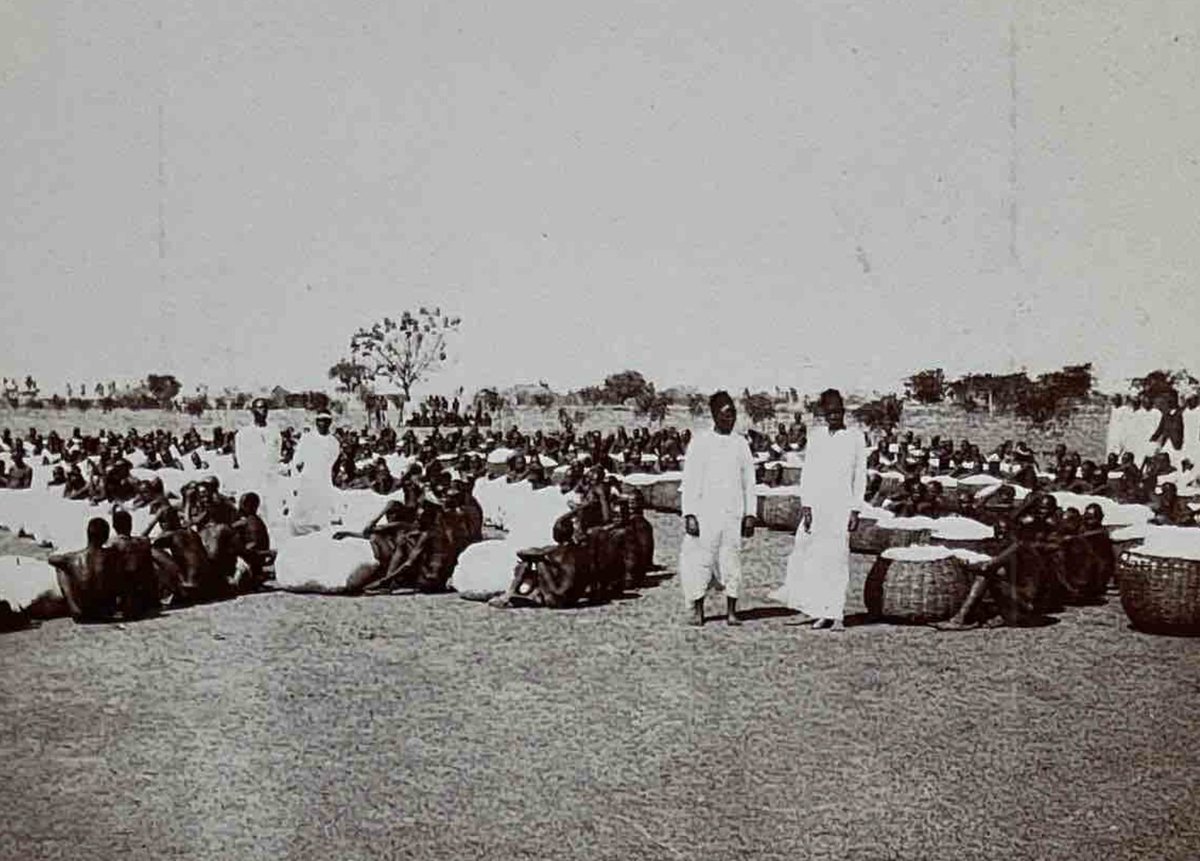About watches and time in Uganda. Why did watches & clocks become fashionable in Uganda during the early 1900s? 1/7 

To my knowledge, no Ugandan had more clocks than Hamu Mukasa. He had 20 pendulum clocks, 1 of which we see in this photograph. Some have argued that this represents the imposition of colonial regimes of time. Others say that it symbolises status. 2/7
I want to propose a new theory. We know that Mukasa played the xylophone (ntaala/madinda), and that he loved music. Each of his 20 pendulum clocks—which he wound himself—were never synchronised. Each of the 20 chimed across a span of around 5 minutes. 3/7
When visiting Mukasa, everyone had to stop talking when the clocks began chiming. And de would not resume chatting until the clocks stopped performing. 4/7
My suggestion is that musical clocks provided for Mukasa the first mechanical music in colonial Uganda: a ready-made playlist on Spotify that he and his family and guests enjoyed every hour. 5/7
In turn, I think Mukasa was actively co-opting colonial time, imposing on new technologies much older notions about music, celebration, and the importance of community. 6/7
.@museumoftime can you help us identify the precise clock hanging on the wall? The image was produced in Uganda, likely between the First and Second World War. Did it produce sound? 7/7
• • •
Missing some Tweet in this thread? You can try to
force a refresh
















